Maximizing Autoflower Success:
Choosing the Ideal Container Size
Embarking on the journey of cultivating autoflowering cannabis plants unveils a realm of cultivation nuances, where tailored approaches are key to unlocking their full potential. Amidst these considerations, the size of the container emerges as a pivotal factor, defying conventional wisdom with the resounding affirmation that “bigger is better.” In this blog, we delve into the intricate relationship between container size and the growth trajectory of autoflowering strains, unraveling the wisdom behind this counterintuitive principle.
Autoflowering cannabis varieties, celebrated for their unique automatic flowering mechanism and rapid life cycle, demand a tailored cultivation approach. Contrary to the belief that compact plants thrive in smaller containers, we explore the profound advantages of providing ample space for the roots to stretch and explore. The mantra “bigger is better” encapsulates a fundamental truth in optimizing the health, stability, and productivity of autoflowers.
This blog serves as a comprehensive guide, navigating through the rationale behind embracing larger containers for autoflowering strains. By unraveling the secrets of root expansion and its far-reaching implications on plant development, we aim to empower cultivators with insights that transcend conventional practices. Join us on this exploration, as we uncover the art of cultivating autoflowers in generously sized containers, ultimately leading to a harvest that transcends expectations—a testament to the symbiotic dance between robust roots and a bountiful, productive yield.
- Section 1: The Importance of Container Size for Autoflowers
- Section 2: Avoiding Root Bound Stress
- Section 3: Watering and Nutrient Uptake
- Section 4: Maximizing Outdoor and Indoor Cultivation

Section 1: The Importance of Container Size for Autoflowers
Cultivating autoflowering cannabis plants places a premium on understanding their unique requirements, and perhaps one of the most crucial factors influencing their success is the size of the container in which they are grown. Contrary to traditional beliefs, the mantra “bigger is better” encapsulates a fundamental principle in optimizing the growth and yield potential of autoflowering strains. In this section, we delve into the significance of container size and how it directly impacts the development of autoflowers.
Autoflowering cannabis plants, with their accelerated life cycle and compact structure, thrive when given ample room to stretch their roots. The container acts as their microcosmic environment, influencing various aspects of their growth. A larger container allows the roots to explore a greater volume of soil, tapping into essential nutrients, moisture, and microbial life. This, in turn, contributes to improved stability and overall plant health.
One key advantage of opting for a larger container is the prevention of root binding, a condition where the roots outgrow the available space, resulting in stress and inhibited growth. Autoflowers, known for their rapid development, can quickly outgrow smaller containers, leading to restricted root systems and stunted plants. In contrast, a spacious container provides the roots with the freedom to expand, promoting a robust and well-developed root network.
Moreover, a larger container facilitates enhanced nutrient absorption. Autoflowers, being voracious feeders during their short life cycle, benefit from a more extensive soil volume containing a well-balanced nutrient profile. This ensures that the plants have a constant and diverse supply of essential elements, mitigating the risk of nutrient deficiencies that can hamper growth and yield.
In essence, the importance of container size for autoflowers lies in creating an environment that mimics their natural habitat, allowing them to express their full genetic potential. As we navigate through the intricacies of autoflower cultivation, understanding the impact of container size becomes a cornerstone for growers seeking not just an average harvest, but an exceptional and productive yield from these unique and resilient cannabis plants. In the subsequent sections, we will further explore how a larger container translates to avoiding root-bound stress, optimizing watering and nutrient uptake, and maximizing the potential of autoflowers both indoors and outdoors.

Section 2: Avoiding Root Bound Stress
The phenomenon of root binding is a considerable challenge in the cultivation of autoflowering cannabis, particularly when confined to smaller containers. Root binding occurs when the roots exhaust the available space within the container, leading to a restrictive and stressful environment for the plant. In this section, we explore the implications of root binding and how opting for a larger container acts as a preventive measure, fostering healthier and more resilient autoflowers.
When grown in smaller containers, autoflowers face the imminent risk of their roots becoming entangled and confined within a limited space. This restriction impedes the natural growth of the root system, resulting in stress for the plant. Stunted growth becomes a consequence, impacting the overall development and potentially compromising the yield potential of the autoflower.
Choosing a larger container serves as a strategic measure to mitigate the risks associated with root binding. With more room to stretch and explore, the roots are afforded the freedom to establish a robust and extensive network throughout the soil. This uninhibited growth encourages vigorous vegetative development, allowing the plant to channel its energy into the production of lush foliage and strong branches.
The absence of root-bound stress translates into a more resilient and adaptable autoflowering plant. With ample space for root expansion, the plant can efficiently absorb essential nutrients and water from the soil, promoting optimal health and minimizing the susceptibility to environmental stressors.
As autoflowers enter their flowering phase, the advantages of a larger container become even more pronounced. A well-developed root system supports the increased nutrient demands during the flowering stage, enhancing the plant’s capacity to produce copious and potent buds. Ultimately, the decision to avoid root-bound stress through the use of larger containers contributes to the overall success of cultivating autoflowering cannabis, ensuring a thriving and productive harvest. In the subsequent sections, we will delve into how container size influences watering and nutrient uptake, maximizing the potential of autoflowers both indoors and outdoors.

Section 3: Watering and Nutrient Uptake
The size of the container in which autoflowering cannabis plants are cultivated plays a pivotal role in the dynamic relationship between water availability and nutrient uptake. This section explores how the decision to opt for a larger container significantly impacts the watering frequency and nutrient distribution, contributing to a more resilient and nourished autoflowering crop.
In a larger container, moisture retention becomes a notable advantage. The increased volume of soil retains water for an extended duration, creating a more forgiving environment that reduces the frequency of watering. This characteristic is particularly advantageous in arid or fluctuating climates, where maintaining consistent moisture levels is crucial for sustaining healthy plant development. The larger soil reservoir acts as a buffer, providing a safety net against rapid fluctuations in soil moisture and minimizing the risk of water stress for the autoflowers.
Furthermore, a bigger container facilitates a more even distribution of nutrients throughout the soil. In smaller containers, the spatial constraints may lead to uneven nutrient absorption, resulting in localized deficiencies or excesses. Larger containers, by contrast, allow for a more diverse and widespread dispersion of nutrients. This ensures that the entire root system has access to a balanced nutritional profile, reducing the likelihood of deficiencies and promoting overall plant health.
The advantages of a larger container extend beyond the prevention of nutrient imbalances. The increased soil volume provides a more stable environment for the roots, allowing them to explore and extract nutrients efficiently. This stability translates into a more resilient autoflowering plant, capable of withstanding variations in environmental conditions.
In summary, selecting a larger container positively influences the dynamics of watering and nutrient uptake. By extending the interval between waterings and promoting even nutrient distribution, growers create an environment conducive to healthy, robust autoflowers. As we navigate through the subsequent sections, we will further uncover how container size maximizes the potential of autoflowers in both indoor and outdoor cultivation settings.

Section 4: Maximizing Outdoor and Indoor Cultivation by Choosing the Ideal Container
The impact of container size on autoflowering cannabis cultivation extends its significance to both indoor and outdoor settings. In this section, we explore how the choice of a larger container maximizes the potential of autoflowers in various environmental contexts, emphasizing stability, space optimization, and enhanced air circulation.
For outdoor cultivators, larger containers provide a foundation of stability. In open-air environments, plants are susceptible to external factors such as wind, which can potentially tip over smaller containers. A larger container, with its greater surface area and weight, acts as a stabilizing anchor, reducing the risk of plants being upended. This is particularly crucial during the flowering phase when the plants are laden with developing buds. The enhanced stability ensures that the plants can withstand environmental challenges, allowing them to focus on optimal growth and bud development.
Indoor growers also reap substantial benefits from choosing larger containers. Optimizing space utilization is a key consideration in indoor cultivation, and larger containers efficiently use the available growing area. The increased soil volume allows for more extensive root systems, supporting robust vegetative growth and enhancing the plant’s overall health. Furthermore, the additional space between the plant and the container’s edges promotes improved air circulation. This becomes especially relevant in indoor environments where proper ventilation is critical for preventing issues such as mold and mildew. The enhanced airflow around the plant contributes to a healthier microclimate, reducing the risk of moisture-related problems.
Whether beneath the open sky or within the confines of a controlled indoor environment, the advantages of larger containers remain consistent. The stability they offer outdoors and the efficient space utilization and air circulation they provide indoors collectively contribute to creating an environment where autoflowers can thrive. As we progress, we will delve into practical tips for creating an ideal, pest-resistant garden environment in the subsequent sections, highlighting the importance of biodiversity and companion planting.

Conclusion: Choosing the Ideal Container
In the intricate world of autoflowering cannabis cultivation, the mantra “bigger is better” emerges as a guiding principle, holding the key to unlocking the full potential of your prized plants. The decision to choose a larger container size transcends a mere consideration; it becomes a strategic move towards ensuring a healthier, more stable, and ultimately more productive growth environment for your autoflowers.
The advantages of opting for a larger container echo through every stage of the cultivation cycle. By sidestepping the constraints of root-bound stress, growers provide their autoflowers with the freedom to develop a robust and extensive root network. This liberation translates into vigorous vegetative growth, culminating in an abundance of high-quality buds during the flowering phase.
The impact of a larger container extends to the efficient optimization of water and nutrient uptake, fostering resilience and nourishment throughout the plant’s life. From the outdoor fields where stability withstands the elements to the controlled spaces of indoor cultivation where space utilization and airflow reign supreme, the advantages are undeniable.
For those on the quest for the pinnacle of autoflower success, the time has come to embrace the mantra. Let your plants thrive in the expansive embrace of a larger container, and witness as they flourish into vibrant, resilient specimens, ultimately yielding a bountiful and high-quality harvest. In the grand symphony of autoflower cultivation, the melody of success is composed in the spacious cadence of a larger container.
Growing Autoflowering Cannabis Plants
Best Soil for Cultivating Autoflowering Cannabis Seeds
The differences between our autoflowering and feminized seeds.
Reviews and Grow Reports:
Mimosa Purple Kush Autoflower Facebook
Mimosa Purple Kush Autoflower Facebook





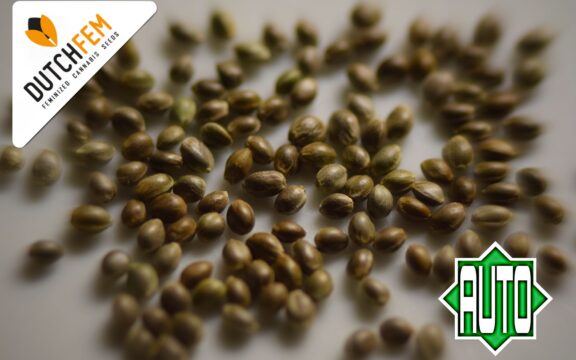










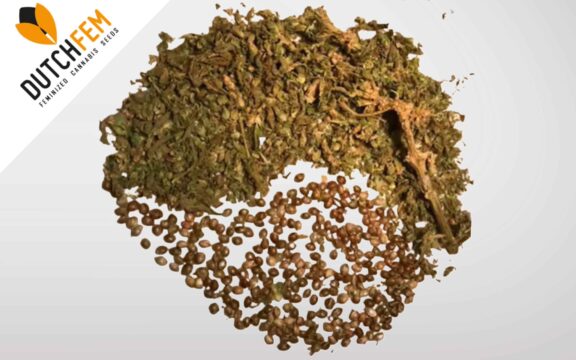









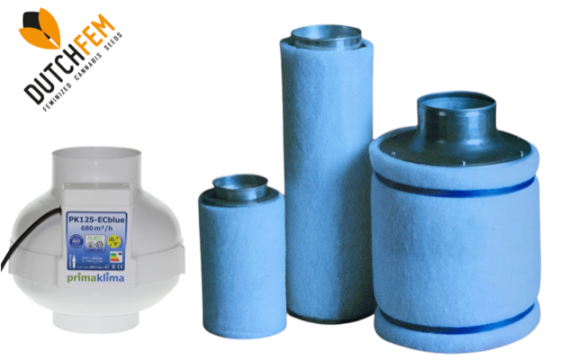





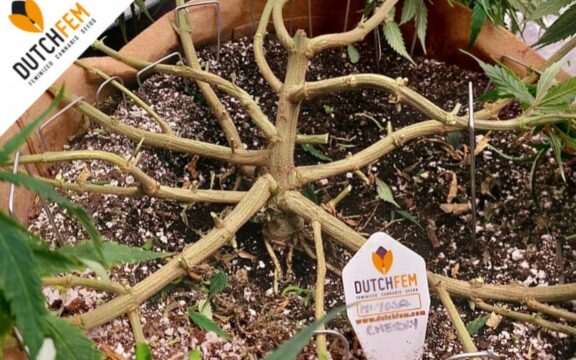




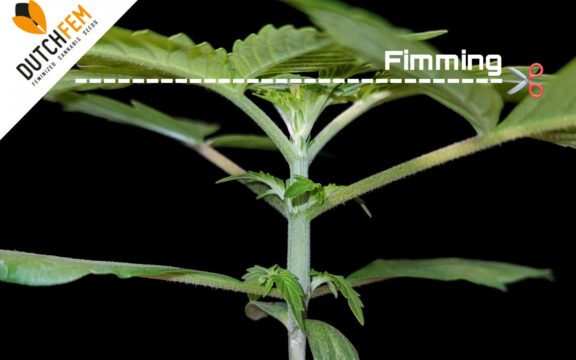



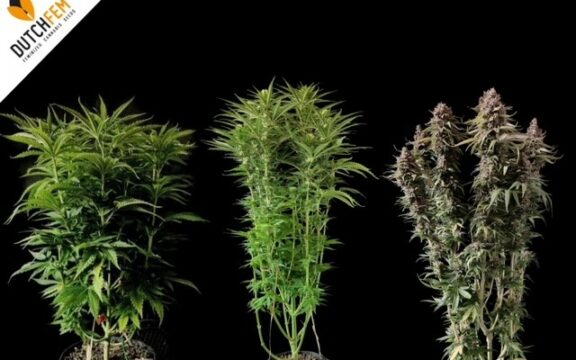




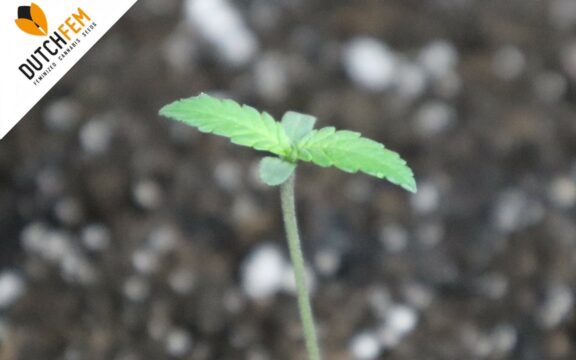

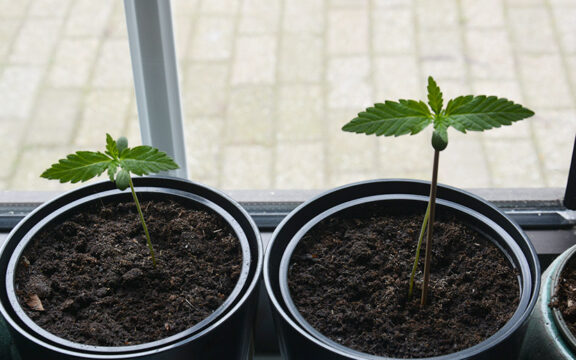
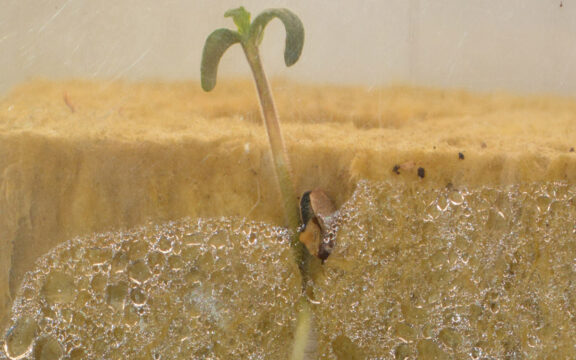





You must be logged in to post a comment.